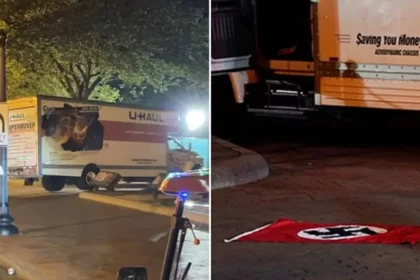Since SpaceX’s inaugural test flight of the most powerful rocket ever built, the firm’s engineers, federal regulators, and environmentalists have been attempting to consider the aftermath of the spacecraft’s explosion and what happens next.
The outcome was roughly in line with what I expected and, maybe slightly exceeded my expectations, SpaceX CEO Elon Musk said during a Twitter Spaces chat on Sunday night.
The April 20 liftoff of Starship, as the vehicle is called, was tremendously powerful, causing some damage to SpaceX’s launchpad in South Texas.
Musk said he was glad to report that the pad damage is quite small, though it would take six to eight weeks to get the infrastructure prepared for another launch. He later added that when the rocket’s engines — 30 out of 33 of which fired on for the flight test — reached full thrust, it probably shattered the concrete.
The explosion in midair also prompted a federal investigation that could take weeks or months to complete. In the test mission, SpaceX’s Starship launched toward space atop a Super Heavy rocket booster. Minutes after liftoff, the spacecraft was expected to separate from the rocket booster, but the Super Heavy “vehicle experienced multiple engines out during the flight test, lost altitude, and began to tumble,” according to SpaceX.
The company described what happened as a “rapid unscheduled disassembly” — its oft-used euphemism for an explosive mishap. The vehicle’s flight termination, or self-destruct, feature was triggered, exploding the spacecraft and booster over the Gulf of Mexico.
Musk said that feature took longer than expected to blow up the rocket, ensuring it didn’t careen off course, and that the flight termination system would need to be re-certified. That could be the determining factor in how long it takes the company to get a new Starship on the launch pad.
The vehicle structural margins appear to be better than we expected. As we can tell the vehicle is actually doing somersaults towards the end and still staying intact.”
Musk said.
Here’s what the Federal Aviation Administration, NASA, and other agencies have had to say since then. The FAA is charged with overseeing the mishap investigation. The agency licenses commercial rocket launches and gave the green light for the launch attempt after more than a year of back-and-forth.
Such investigations are routine and have taken place after previous — but smaller-scale — Starship test launches in South Texas. The FAA’s review “will determine the root cause of the event and identify corrective actions the operator must implement to avoid a recurrence,” the agency said in an emailed statement.




